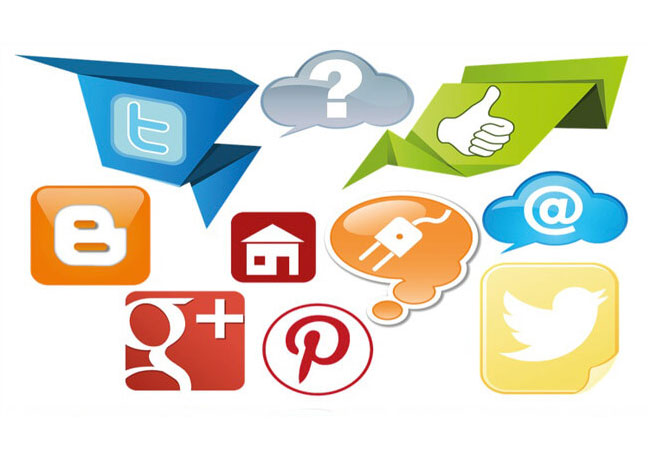India is undoubtedly the largest creator of ideas. India is also one of the largest carriers of these ideas—through start-ups. This ecosystem is rapidly evolving, driven by a young, diverse and inclusive entrepreneurial landscape. Competition in the start-up space has risen to such a level that there is an emergence of focused domain solutions today. In such a situation it is necessary to create a differentiation and even more important to communicate that difference.
The only limitation with start-ups, of course, is the availability of budgets.They need solutions that are affordable yet yield results. They want a push in their product marketing through enhanced brand imagery. That is where the digital ecosystem comes into play.
The digital space, which is a relatively inexpensive medium for the most part,has been growing, especially with the boom in smart mobile devices. Today consumers are hooked onto this platform considering many have access to the internet at all times. The accessibility to consumers that the digital platform provides reiterates the need to communicate effectively in this space.
Let’s look at some digital communication trends that start-ups need to take a note of in 2015:
1. Brands are going to become publishers: Brands need to start empathising with customers. The landscape is going to be all about customer experience. Since customers have access to brand pages, start-ups must focus on building credibility based on consumer testimonials. Word-of-mouth is the most powerful and inexpensive medium of creating buzz, and brands must definitely focus on driving that through their social media platforms.
2. Content is going to be based on analytics: If content is the king, context is definitely the queen. It is not just important to keep publishing content but publish contextual content. That is where the listening tools are going to help brands predict what kind of content engages better with their audiences. Content definitely needs to be at the core of a digital strategy but context is what will drive engagement and brands are going to starting focusing on it.
3. Integrating offline data with online: Though brands becoming publishers also includes using CRM (customer relationship management software) to build a single view of customers, integration of data deserves a separate point. FMCG brands, retailers, e-commerce sites have started initiatives to integrate offline date with their website, e-mail campaigns, Facebook, Instagram, Twitter and other social media channels. A strong opinion of customers can be curated by powerful CRM tools like Marketo,Act-on andSailthru to help brands create targeted communication addressing their needs. These tools are also going to be made more accessible to small and medium enterprises in 2015.
4. Measurement tools not just focused on social media metrics, but on business results: Last, but not the least, it’s all about getting business results out of the digital communication. Till recently, analytics were focused on reach, impressions, page likes, post likes, number of retweets, etc. But now the focus will shift towards measuring business results, which is easier to do online—for example, online orders, lead generation, sign-ups,and so on. Start-ups will focus on achieving their business goals via the digital medium. With free tools like Google Analytics and Facebook insights, brands can now track business leads and online sales they had and which digital medium helped them get this.
There are definitely many more trends, but these are the key onesthat the start-ups need to focus on immediately. And as brand evangelists,we understand that it is not only necessary to communicate but communicate effectively.



